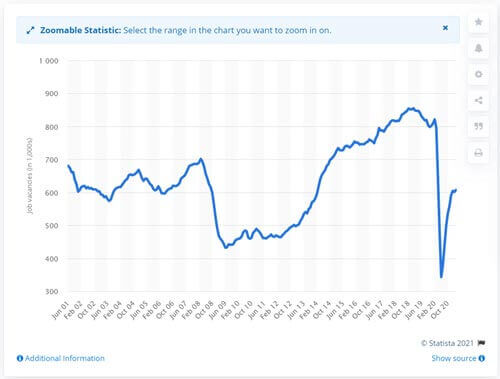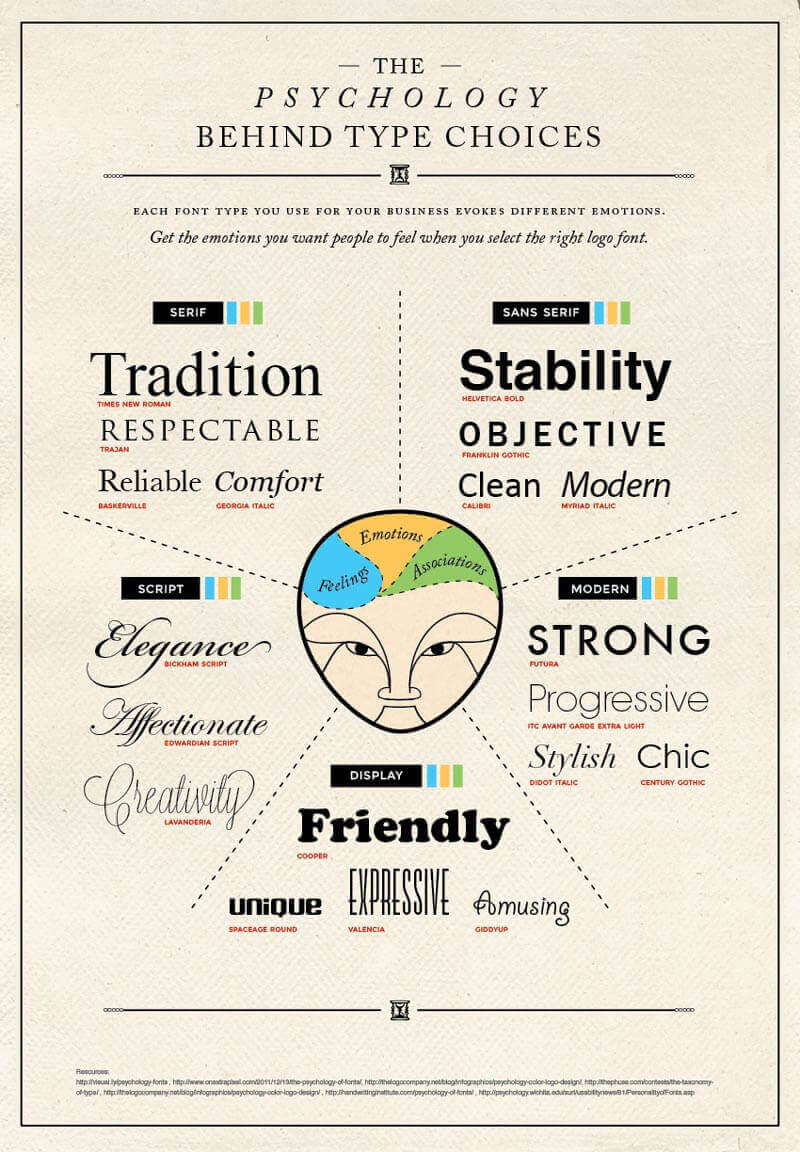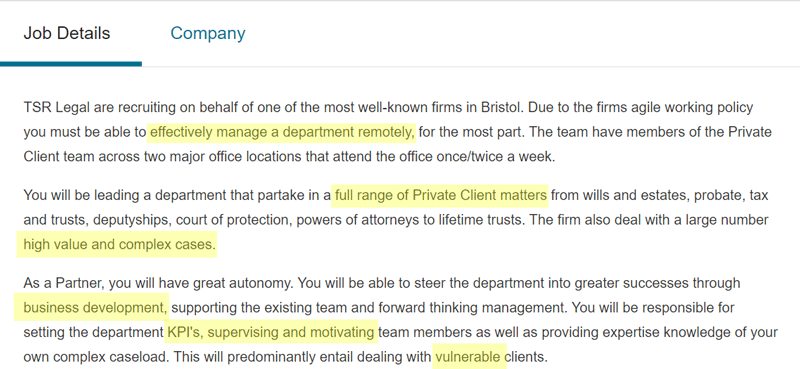
With unemployment rates high thanks to the Covid-19 pandemic, job seekers need to do everything possible to create a standout CV and job application. The Coronavirus outbreak has caused a huge dip in the number of advertised vacancies:

Source: Statista
The ONS reports that the number of job vacancies in January to March 2021 fell by nearly 23% on the year; with arts, entertainment and recreation, and accommodation and food service activities the worst affected.
Coupled with a rise in unemployment (56,000 fewer people were in payrolled employment in March 2021 when compared with February 2021), to say that competition for every job vacancy is tough, would be a huge understatement. The Independent reported that one entry-level position for a paralegal role attracted a staggering 4,228 applications – while a HR assistant role caught the attention of some 3,333 eager job seekers.
With so many others going for each role, it has never been more important to ensure that your application sets you apart from others. Here are 9 essential ways you can create a standout CV and job application in 2021:
1. Leverage the power of LinkedIn

Expand on your CV, find new opportunities, create a great impression and get headhunted.
Nowadays it’s common to include your LinkedIn handle on your CV, but even if you don’t, you should know that 87% of recruiters regularly use LinkedIn. The platform is used by recruiters for two main purposes: to find talent, and to screen candidates. This means two things: first, if you’re not on there or your profile isn’t up to scratch, you’re highly likely to be missing out on many job opportunities. Second, if your profile is weak, it is likely to make a poor impression with recruiters who will search for you anyway, regardless of whether or not you point them in the right direction.
LinkedIn gives recruiters a rounder view of you as a candidate. It allows them (potentially) to see not only your qualifications and experience, but also how you’d fit into both the role and the company.
Your profile gives you the opportunity to expand on your CV, which typically will be no more than two pages in length. It also gives you the opportunity to:
- Present past work in a portfolio, and
- Garner endorsements and recommendations.
Recommendations are like testimonials and can be especially powerful.
“For me, I will always look at someone’s Linkedin profile, including the recommendations, and positive recommendations are a plus.”
~ Stacy Caprio, Her.CEO.
“They are hard to acquire and people’s names, faces and public personas are on the line when it comes to vouching you — the more you have, the better, simple as that.”
~ Joey Rahimi, Aiken House (Source: FairyGodBoss)
A further, huge benefit of LinkedIn is its networking features and possibilities. By connecting, sharing and joining in the discussion, it allows you to get your name known in your industry, and to build contacts who may know of opportunities or advertise them in the future.
Find out how to build an effective LinkedIn profile to complement your CV here.
2. Get Twittering

Love it or hate it, Twitter is an amazing tool for job hunting.
- It can help employers see a little more of your personality, reassuring them that you’ll fit in with the team and culture.
- It can help you research and better understand the companies you’d like to work for.
- It can keep you informed of industry news, so you’re more up-to-date when you’re speaking to prospective employers.
- It can help establish you as an industry expert yourself.
- It can get your name noticed, through joining in industry-relevant discussions.
- It can show prospective employers that you’re immersed in your industry and passionate about what you do.
- It can help you find new job vacancies that are shared as soon as they’re advertised.
Once you’ve optimised your Twitter profile, you can include the handle on your CV. As for LinkedIn, be aware that employers may check your Twitter presence anyway, regardless of whether you mention it or not. It’s therefore important to review your profile and posts to ensure that it creates the right first impression.
Read Save The Student’s guide to using Twitter to find a job for more details.
3. Tailor your CV

You’ve probably heard this advice far too many times and you might think you already know it. But tailoring your CV – that is, customising it to each and every job application – really does give you a huge advantage.
“Ensuring that your CV matches the role you’re applying for is the key to success while job hunting”, explains Andrew Fennell for the Guardian. “Start with an adaptable base CV to work from. This will serve as a CV that is good enough to apply for most jobs in your field, but can be adjusted.”
To effectively tailor your CV, you need to do five things:
- Address the CV and cover letter to the correct person.
- Show how you meet the requirements detailed in the job advert specifically, (i) in the cover letter, (ii) in the profile section at the top of the CV, and (iii) throughout the CV.
- Show, don’t tell – provide evidence of required skills, through results, achievements, qualifications etc
- Use the same keywords in the job advert as far as possible – if the recruiter asks for a ‘Marketing Executive’ and your past job title was ‘Marketing Consultant’, it’s fine to adjust – provided that the role was essentially the same
- Do your research on the company – what’s important to them? Try and match their culture and ethos.
If the job advert is thin on detail, use career profiles to get a better understanding of which qualifications, skills and experience are most desirable for a particular role.
4. Use action verbs

Hard skills are defined skills that are fairly easy to demonstrate and test:
- You can speak French fluently.
- You can use a software programme competently.
- You can type accurately at 50wpm.
You could claim these on your CV if you didn’t have them, but there really would be little point as the employer would quickly know if you’d exaggerated!
Soft skills are more difficult to demonstrate and test:
- You can communicate clearly and effectively.
- You can motivate a team.
- You can negotiate contracts.
Of course, it will become apparent over time if you lack these skills, but by this time the employer has already wasted a great deal of time and money on the wrong hire. Employers therefore want to see evidence that you have the soft skills they need. This is best provided through detailing achievements for each of your past roles. You can also detail achievements garnered through training or academia, and from projects outside of the workplace or hobbies.
For example, to show communication skills, you might write:
- I co-authored the report…
- I collaborated with third parties…
- I mediated between the parties…
- I negotiated the contracts…
- I persuaded my managers…
For each example achievement, consider what the outcome was.
- You co-authored the report, but how was it received?
- You mediated between the parties, but what was the result?
- Did you save your employer time or money?
- Did you win a contract that brought in revenue for the firm?
Positive results support that you can effectively use your skills.
5. Develop a USP

A USP is a “Unique Selling Proposition” that makes a product, service or even person different from the rest. Developing your own USP can help you to stand out from the other applicants.
Your USP goes in your cover letter and your profile section of your CV (see below). It is also the answer you’ll give when you’re asked by the recruiter why they should hire you.
Think about the skills, experience and knowledge that you have. It may be that each of these areas isn’t particularly outstanding on its own, but when combined, they make up your USP.
For example, imagine you’re a solicitor seeking a role in commercial property. Alongside every other solicitor, you might passed the LL.B/LPC and have a certain number of years’ PQE (post qualification experience). But more unique points would be:
- Have you met or exceeded your billing target consistently?
- Have you networked and brought new clients to the firm?
- Have you forged strong relationships to maintain existing valuable clients?
- Have you increased revenue for your department?
- Have you blogged for the firm’s website, generating traffic and leads?
- Have you contributed to well-known legal publications, raising the firm’s profile?
- Have you innovated, helping to make your firm more efficient or profitable?
- Have you trained or supervised junior members, helping them to progress?
A USP may be therefore be based on some or all of the following:
- Doing your job but exceeding expectations
- Utilising skills or knowledge that others doing the same role do not have
- Secondary skills above and beyond those expected for your role
For each that applies, explain how this BENEFITED the company
Combining these together, you can create a powerful profile incorporating your USP. For example:
“I am a solicitor with 5 years’ PQE in a busy commercial property department. I exceed my billing targets consistently by at least 10% each month, and I have brought in 12 new valuable commercial clients to the firm this year, resulting in £250k additional turnover. I regularly write for the firm’s blog, driving traffic to the firm’s site and generating an average of 3 quality commercial leads per new blog. I have also provided commentary for 7 respected law journals this year to date, raising the firm’s profile in the commercial property sector. I supervise two juniors, one of which has just achieved GCILEx status.”
Note in the above example how specific results and benefits are quoted as far as possible.
Coburg Banks offers a really good 8-step plan to developing your USP.
6. Ensure your application is ATS-compliant

With such a vast number of applicants for every role, it is perhaps unsurprising that many recruiters are now using ATS software. This software automatically pre-screens candidates to ensure they meet the role requirements, before the CV even reaches human hands.
There are a few key points here:
- ATS software is screening for keywords and these will largely be contained in the job advert. Make sure you include these keywords on your CV! This may mean standardising your job titles to those that the recruiter is looking for.
- ATS software typically does not read PDFs very well, nor will it columns or tables. Text contained in headers and footers can also be overlooked. Use an ATS-compliant CV template.
- Remember that if your CV passes the ATS test, it will end up in the hands of a human – so don’t design purely for the machine! Your CV needs to look smart, presentable and logical for the recruiter too.
Find out more:
7. Use the right layout

First impressions really do count – and they also last long beyond the few seconds in which they are formed, according to a study by Cornell University. Choosing an appropriate CV template can help you make a great first impression and most of the work has been done for you.
In the UK, recruiters generally look for a CV with a simple, clean designs that have no graphics and few design details. A photo is not typically expected unless appropriate for the role (e.g. acting). It is typical to submit two pages for most roles, although a longer CV is appropriate for a more senior position.
Find our best free CV templates here.
In addition to choosing a stylish template and keeping your CV to the correct length, it’s useful to understand how the document will be perceived visually. Generally recruiters will view documents digitally, and various studies help us to understand exactly how.
(a) Use colour
Colour is a useful visual aid to support active reading. It can signify information of importance and help tie together information. You will notice, for example, that we use shading on many of our CV templates to highlight key achievements.
(b) Design for speed reading
Recruiters spend very little time on each CV – typically just a few seconds. This means that designing your CV for speed reading is essential! Use headings, bullet points, bold text and highlighting. Avoid large blocks of text.
(c) Factor in the F pattern
Digital documents are typically read using the F pattern, so put crucial information (i.e. how you meet the job spec and your USP) at the top, after your personal details.
(d) Choose the right font
Not all fonts are equal – consider what your choice of CV font says about you!

Source: Crazy Egg
In addition, consider which fonts the recruiter is likely to have installed on their PC. You’ll usually send your CV in doc or docx format, so any unusual fonts will be substituted by Microsoft Word on the recipient’s machine. Stick to safe choices, such as traditional Times New Roman or Clean Calibri.
8. Write a winning cover letter

Your cover letter provides an opportunity to sell yourself to prospective recruiters. It’s often the very first thing they see when opening up your application. It should be brief – no more than a page – and typically around 4 – 5 paragraphs.
Before you start writing, make sure you’ve thoroughly researched the company and understood their goals and culture. Use their website, social accounts and any literature they offer to do this.
The letter should:
- Introduce yourself and explain why you’re writing
- Mention the exact job you’re applying for and where you saw the advert
- Explain how your skills and experience match those needed to do the job
- Deal with any gaps in your skills/experience (for example, using transferable skills or training in progress)
- Give the recruiter your USP
For more guidance and examples, see: How to write a winning cover letter: what to include
9. Supercharge your profile section
You might think that your covering letter is the ultimate sales pitch to prospective recruiters, but sometimes these can land in the bin. If a recruiter is using ATS software, there’s a chance that your letter won’t be read unless your CV makes it through (or perhaps, not at all). You therefore cannot underestimate the importance and power of your personal profile.
Your personal profile is a hard-hitting sales pitch for why you’re the best person for this exact role. It is the section at the top of your CV, just under your contact information. It is often called a range of terms – objective, personal statement, profile and so on – but whatever the title, it has a simple purpose. You have three or four lines in which to convince the recruiter that you’re the ideal candidate, drawing on the job requirements. If you’ve followed our advice to develop a USP above, this is the place that it should go.
Pick out the main points from the job advert that are clearly most important to the recruiter and address them.
For example, the highlighted words show the key requirements of this role:

Your profile and covering letter should address the following key points from the advert:
- Previous management experience
- Ability to manage remotely
- Confirmation that you have a full range of private client experience (list off Wills, Probate, etc)
- Experience with high value / complex cases
- Business development experience
- Experience of dealing with vulnerable clients
If you do not meet all of the requirements, consider what transferable skills or experience you have which would enable you to still perform the role. For example:
- Perhaps you have never managed a team remotely before – but you have successfully managed teams in person, you have used project management software to manage projects across several departments, and you have mentored undergraduate students remotely before…
Your profile will be fairly short – around three to four sentences which may be a bulleted list – while your cover letter can go into a little more detail. However, don’t count on the recruiter reading both. Covering letters can be overlooked, so you need to ensure the key information is contained in your profile and throughout your CV.
